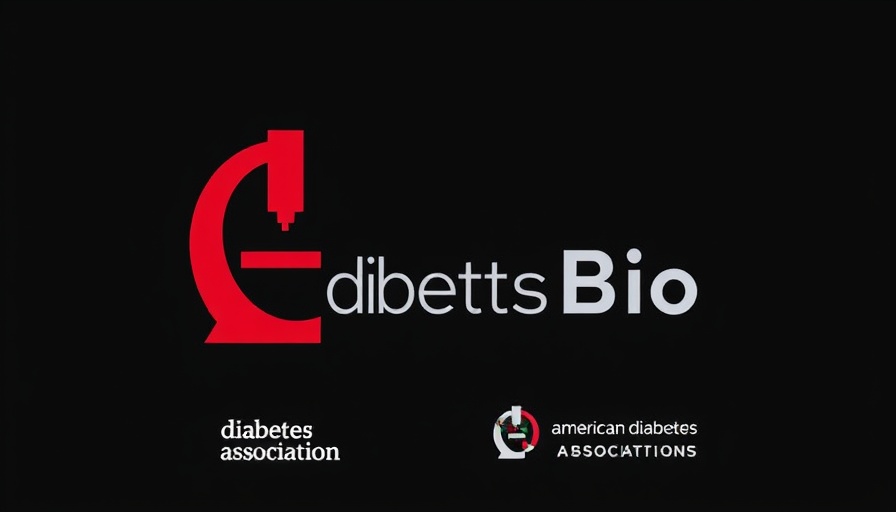
What the ESC Study Reveals About Helicobacter pylori Screening
A recent study from the European Society of Cardiology (ESC) has shed light on the efficacy of routine Helicobacter pylori screening in preventing upper gastrointestinal (GI) bleeding, especially after myocardial infarction (MI). Contrary to longstanding beliefs that eradicating H. pylori bacteria could help reduce the risk of upper GI complications after heart attacks, the study findings indicate minimal benefits from such screenings.
Understanding Helicobacter pylori: The Bacteria Behind Gastric Issues
Helicobacter pylori is a bacterium known to inhabit the stomach lining, leading to chronic infections that can eventually result in peptic ulcers and gastritis. Historically, H. pylori has been linked to increased rates of upper GI bleeding, particularly in individuals with a history of cardiac events such as MI. The premise behind screening patients post-MI was to preemptively eliminate a potential risk factor for upper GI bleeding.
Study Implementation: Key Findings and Implications
The ESC study involved a comprehensive review of data from a significant number of patients who experienced MI. Researchers assessed whether H. pylori screening and subsequent eradication treatments affected the incidence of upper GI bleeding events. Surprisingly, the results revealed that routine screening did not lead to a statistically significant reduction in upper GI bleeding rates, challenging previous assumptions within both cardiology and gastroenterology fields.
Why This May Change Treatment Protocols
Given that upper GI bleeding can lead to severe complications, including hospitalization, understanding the ineffectiveness of widespread H. pylori screening may lead healthcare providers to reevaluate current clinical practices. While some may argue that it is better to err on the side of caution, the lack of significant benefits puts forth a compelling argument for focusing resources and attention elsewhere in post-MI patient care.
Potential Alternatives to Screening
With the new evidence presented by the ESC study, cardiologists may need to explore alternative strategies for managing patient health post-MI. Enhanced monitoring of gastrointestinal health, the use of proton pump inhibitors (PPIs) to protect the stomach lining, and targeted patient education regarding caution in medication use could be potential pathways to consider. Some health professionals stress the importance of increasing awareness and symptom management rather than relying solely on screenings.
The Bigger Picture: Merging Cardiology and Gastroenterology
This study not only highlights the intersection of cardiac and gastrointestinal health but serves as a reminder of the complexities involved in post-MI care. It encourages a more integrated approach, where both healthcare fields collaborate to manage patient well-being holistically, minimizing the risk of morbidity associated with poor gastric health while prioritizing essential cardiovascular care.
Future Insights: The Role of Personalized Medicine
As the healthcare landscape continues to evolve, there is a pressing need to tailor treatments and protocols to the individual needs of patients. The campaign for personalized medicine stresses employing genetic, environmental, and lifestyle-related factors to create optimized care strategies. Future research may provide insights revealing alternative methods in preventing upper GI complications not solely hinging on H. pylori screenings.
Conclusion: Rethinking the Role of Helicobacter pylori Screening
The ESC study serves as a pivotal turning point in recognizing the limitations of routine H. pylori screening post-MI. Emphasizing the need for evidence-based practices supports clinicians in making informed, effective decisions, ultimately enhancing patient outcomes. The healthcare community may need to pivot swiftly to new paradigms, emphasizing multifaceted approaches in patient care, thus driving innovation and improvement in cardiac recovery pathways.
 Add Row
Add Row  Add
Add 




Write A Comment